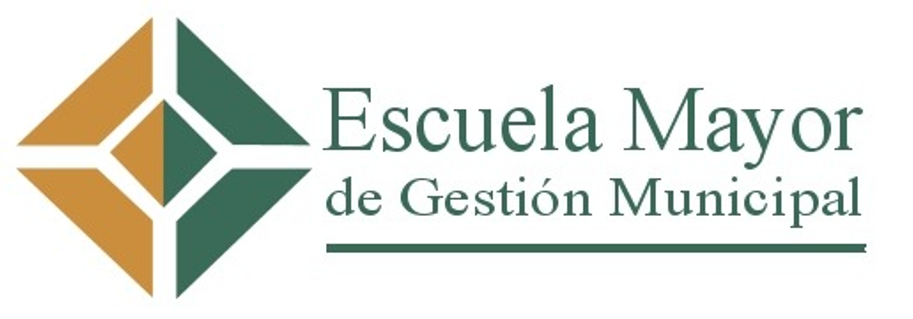Innovación a Villa El Salvodor
24

What is this Local Initiatives Marketplace stand all about?
Description
Villa El Salvador, a district of Lima founded in 1971, emerged as a housing expansion initiative in the desert near the Peruvian capital. Thousands of families quickly settled in the area, forming a community that, in the absence of basic services, organized itself in 1973 into the Autonomous Urban Community of Villa El Salvador (CUAVES). This organization promoted a development model based on self-management, production, and citizen participation, prioritizing employment and local economic development.
With the support of the population, the first development plan was created, achieving significant progress in basic services, education, and the establishment of communal enterprises. In 1984, Villa El Salvador was officially recognized as a district, launching a pioneering co-management experience between CUAVES and the municipal government, giving rise to the participatory budgeting model.
Various community organizations took on municipal functions in key areas such as basic services, social programs, education, business support, markets, youth engagement, and communication. This collaborative planning enabled agile and effective development, notably leading to the creation of the Villa El Salvador Industrial Park and other productive zones that boosted the local economy.
Villa El Salvador’s model has been recognized both nationally and internationally for its participatory approach and local economic development strategy. In 1987, it received the Prince of Asturias Award for Concord and was declared a Messenger City of Peace by the United Nations. In 2024, APEC acknowledged its significance as a benchmark for local economic development.
Join us at stand number 24 to talk about:
• Villa El Salvador as an example of participatory local development
How did an organized community on the outskirts of Lima drive a pioneering model of self-management, collaborative planning, and co-governance with the local government?
• How to strengthen the role of the community in local transformations
How can neighbourhood, women’s, youth, and entrepreneur organizations take on different roles to generate employment, improve services, and promote the local economy through initiatives such as the Industrial Park.

